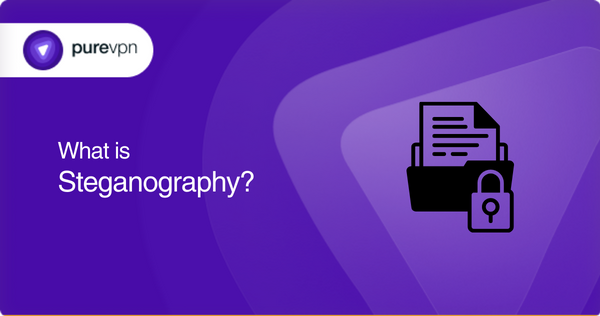Table of Contents
This article will examine what Steganography is, how it works, and its modern uses.
There are several techniques for concealing information from curious eyes in cryptography and data security. Steganography is one of the oldest and most interesting of these methods. Contrary to encryption, in which a message is jumbled to render it unreadable, it entails concealing a message in plain sight.

Steganography – All you need to know
The term “steganography” is derived from the Greek terms “steganos,” which means “covered,” and “graphene,” which means “writing.” It is the process of hiding a message inside another seemingly normal message, like a picture or a text file.
The objective is to make the secret message as challenging to read as possible till the point of being completely undetectable to human sight.
How does Steganography work?
In Steganography, one uses a carrier file, the file within which the message is concealed. The carrier file can be a photo, a movie, an audio file, or even a text file.
The message to be covered is encrypted, rendering it unreadable before being placed in the carrier file. This is accomplished by changing the carrier file so that the concealed message is blended with the file’s contents, frequently in ways that are invisible to the human eye.
Then, the updated carrier file can be transmitted to its planned recipient, who can subsequently derive the secret message using some decoding method.
Types of Steganography
There are various forms of it in different sectors. Each type has certain advantages and disadvantages according to users’ unique needs.
- Image Steganography: With this technique, a message is concealed within the pixel data of an image. The human eye is not able to detect changes in pixel values.
- Audio Steganography: Using methods like changing the frequency of specific audio segments, a message is concealed in the audio data of a file using this approach.
- Video Steganography: Similar to image steganography, this technique conceals the message inside the video data.
- Text Steganography: This technique includes concealing a message in the whitespace of text files, such as tabs, spaces, or line breaks.
- Network Steganography: This approach conceals a message within the network protocol headers, which makes it hard to find it using conventional network monitoring techniques.
- Print Steganography: Printing a message in this fashion makes it unreadable to the human eye. Yet it can still be read by specific equipment like UV light or a microscope.
Applications of Steganography
The modern world uses it for various reasons, including military communications and digital forensics.
- It can be used in digital forensics to find hidden messages within files that could carry proof of some illegal activity.
- Law enforcement agencies commonly use this tool to exchange sensitive information internally or deliver covert signals for undercover operatives.
- It’s use in military communications is very common. Soldiers in the field may communicate safely without concern for eavesdropping by embedding messages in pictures or other files.
- It allows journalists and activists to communicate safely with sources, informants, and contacts without worrying about being watched or intercepting their communications.
- It can also be a crucial tool for preserving freedom of speech and expression in countries with oppressive regimes.
Final Words
Steganography is an interesting and effective technique for concealing communications in plain sight. Despite being a common topic in spy and crime novels, it has real-world uses in various sectors.
It can offer a reliable and safe technique for sharing sensitive information in fields ranging from digital forensics to military communications to activism and media.
The demand for secure communication techniques will rise as the world becomes more digital. Thus, It will likely play a vital part in satisfying this requirement.
Frequently Asked Questions
Cryptography converts a message into a coded or encrypted form that someone with the correct key can only decipher. On the other hand, Steganography hides the message in plain sight, making it difficult to detect.
It is often used in digital forensics to detect hidden messages or computer files. It is also used for data transmission, copyright protection, and espionage.
Some common techniques are least significant bit (LSB) encoding, palette-based encoding, and spread spectrum techniques.
Detecting it can be difficult, but several techniques can be used. These include visual inspection, statistical analysis, and specialized software tools.
It itself is not illegal, but its use can be illegal if it is used for malicious purposes, such as hiding information related to illegal activities, terrorism, or espionage.



